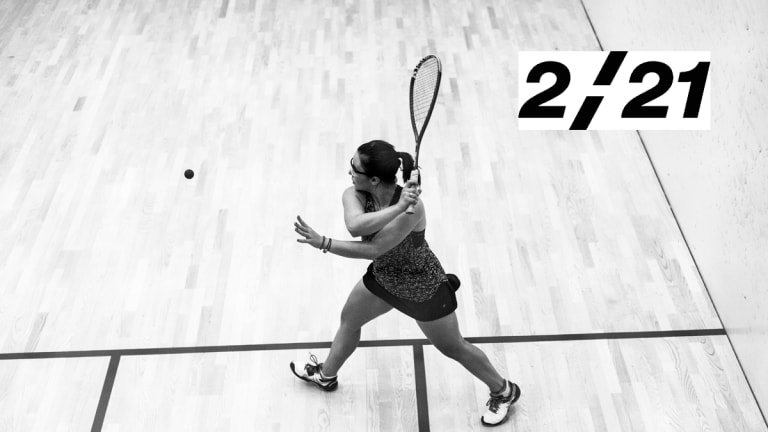The 2/21: Can squash, which merged its tours, give tennis a lesson?
By Feb 02, 2021ATP Barcelona, Spain
Play suspended in Barcelona when the wrong racquet gets taken for stringing
By Apr 17, 2025Pop Culture
Serena Williams named to Time's 100 most influential people ... and Coco Gauff approves!
By Apr 17, 2025WTA Stuttgart, Germany
Jelena Ostapenko tops Emma Navarro for Iga Swiatek Stuttgart clash; Coco Gauff, Jessica Pegula roll
By Apr 17, 2025ATP Munich, Germany
Who is Diego Dedura-Palomero? Meet Germany’s latest teenage star
By Apr 17, 2025Roland Garros
Rafael Nadal to be honored with 'exceptional' tribute on opening day of Roland Garros
By Apr 17, 2025Lifestyle
Mirra Andreeva belts 'Happy Birthday' song to coach Conchita Martinez in Stuttgart
By Apr 16, 2025ATP Munich, Germany
Ben Shelton uses altitude to his advantage, joins Alexander Zverev in Munich quarterfinals
By Apr 16, 2025WTA Stuttgart, Germany
Iga Swiatek in Stuttgart: From clay court to carpool karaoke!
By Apr 16, 2025Lifestyle
Thorne taps Ben Shelton to launch new on-the-go performance line
By Apr 16, 2025The 2/21: Can squash, which merged its tours, give tennis a lesson?
After combining its men's and women's tours in 2015, the niche sport has emerged stronger and richer.
Published Feb 02, 2021
Advertising

The 2/21: Can squash, which merged its tours, give tennis a lesson?
Advertising

The 2/21: Can squash, which merged its tours, give tennis a lesson?
Advertising

The 2/21: Can squash, which merged its tours, give tennis a lesson?
Advertising

The 2/21: Can squash, which merged its tours, give tennis a lesson?
© Anita T Aguilar
Advertising

The 2/21: Can squash, which merged its tours, give tennis a lesson?
© anita aguilar
Advertising

The 2/21: Can squash, which merged its tours, give tennis a lesson?